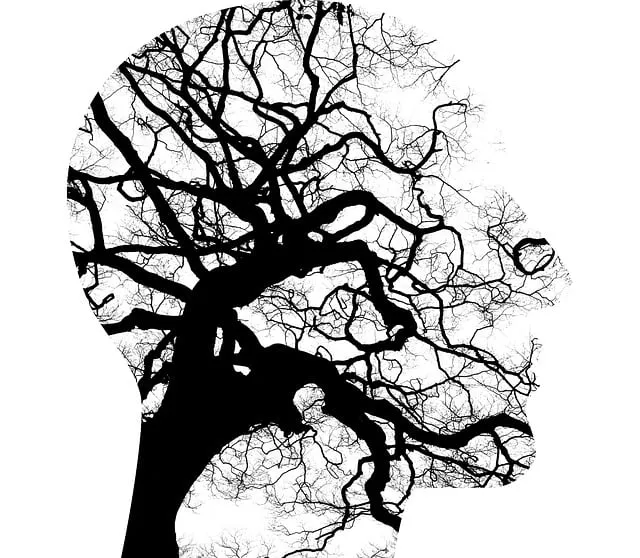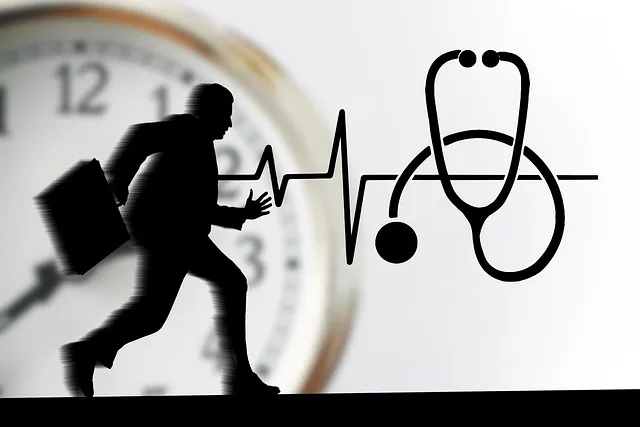Understanding risk assessment is crucial for establishing safe practices in healthcare organizations, particularly Kaiser Permanente's training programs in Littleton, which focus on harm minimization strategies. These programs equip mental health professionals with tools to deliver quality care, enhance patient outcomes and staff well-being, while fostering cultural competency. The holistic curriculum covers areas like burnout prevention, social skills training, and stress management techniques. Continuous improvement through feedback loops ensures interventions remain relevant and impactful, aligning strategies with evolving workforce needs.
In today’s healthcare landscape, risk assessment and harm minimization planning are paramount. This comprehensive guide explores essential strategies for creating safer environments, drawing insights from Kaiser Permanente training programs in Littleton. We delve into understanding risk assessment as a foundational practice, implementing effective harm minimization strategies, and leveraging feedback loops to measure success. By adopting these approaches, healthcare providers can enhance patient safety and foster a culture of continuous improvement.
- Understanding Risk Assessment: A Foundation for Safe Practices
- Kaiser Permanente Training Programs: An Overview
- Implementing Harm Minimization Strategies in Healthcare Settings
- Measuring Success and Continuous Improvement through Feedback Loop
Understanding Risk Assessment: A Foundation for Safe Practices

Understanding risk assessment is a cornerstone of establishing safe practices, especially within healthcare organizations like Kaiser Permanente training programs in Littleton. This process involves identifying potential hazards and evaluating their likelihood and potential impact on patients, staff, and operations. By meticulously analyzing various risks—from clinical errors to environmental hazards—healthcare providers can implement effective harm minimization strategies.
Mastering risk assessment equips mental health professionals with a crucial tool for healthcare delivery. It fosters a culture of safety where proactive measures are taken to protect self-esteem improvement efforts, enhance patient outcomes, and ensure the overall well-being of both patients and staff. Moreover, integrating this practice into Kaiser Permanente’s training curriculum ensures that healthcare providers develop cultural competency skills, enabling them to navigate complex situations with confidence and sensitivity.
Kaiser Permanente Training Programs: An Overview

Kaiser Permanente training programs in Littleton are renowned for their comprehensive approach to healthcare professional development. These programs offer a range of initiatives designed to enhance patient care and support the well-being of medical staff. Among the key areas addressed are Burnout Prevention Strategies for Healthcare Providers, emphasizing the importance of self-care and resilience in an often demanding profession.
The Littleton training centers also facilitate Social Skills Training, recognizing the critical role effective communication plays in building strong patient relationships. Additionally, Stress Management techniques are a cornerstone of these programs, equipping healthcare providers with tools to navigate the high-pressure environment while maintaining optimal performance and emotional health.
Implementing Harm Minimization Strategies in Healthcare Settings

Implementing harm minimization strategies is an integral part of modern healthcare practices, and organizations like Kaiser Permanente play a vital role in training programs that promote this approach. The Littleton-based training initiatives focus on empowering healthcare professionals to recognize potential risks and take proactive measures to protect patients. By incorporating self-awareness exercises into their repertoire, medical staff enhance their ability to identify early warning signs of harm, be it physical or psychological.
These exercises, combined with the development of a robust self-care routine for better mental health, are essential tools in preventing burnout—a significant concern within the healthcare industry. Through Kaiser Permanente’s training programs, healthcare providers learn to balance patient care and personal well-being, ensuring they can offer optimal services while maintaining their own mental resilience.
Measuring Success and Continuous Improvement through Feedback Loop

Measuring success and fostering continuous improvement are integral parts of any comprehensive risk assessment and harm minimization strategy, especially within organizations like Kaiser Permanente training programs in Littleton. By implementing a robust feedback loop, institutions can gauge the effectiveness of their initiatives and make data-driven adjustments to better serve their workforce and patients. This iterative process encourages a culture of learning and adaptation, ensuring that strategies remain relevant and impactful over time.
For example, the Stress Management Workshops Organization, with its focus on burnout prevention, can leverage feedback from participants to refine its crisis intervention guidance. By collecting and analyzing participant experiences, they can identify areas where their programs excel and spots requiring enhancement, thereby creating a more tailored and effective support system for employees facing personal or professional challenges. This ongoing evaluation is crucial in aligning interventions with the evolving needs of the workforce and fostering a healthier work environment.
Risk assessment and harm minimization planning are essential components of creating a safe and positive healthcare environment. By understanding the fundamentals of risk assessment, leveraging comprehensive training programs like those offered by Kaiser Permanente in Littleton, implementing effective harm minimization strategies, and establishing feedback loops for continuous improvement, healthcare providers can ensure patient safety and enhance overall quality care. These proactive measures not only mitigate potential risks but also foster a culture of safety that benefits both patients and professionals alike.






